When it comes to fast food, no name looms larger than McDonald’s. For decades, the Golden Arches have served as a symbol of convenience, comfort, and crave-worthy indulgence. From childhood Happy Meals to late-night McFlurries, McDonald’s has created more than just food—it’s created cultural touchstones.
Some menu items have become iconic staples, adored across generations and continents. Others? Well, let’s just say they didn’t exactly stand the test of time.
For every Big Mac that became a global phenomenon, there’s a McPizza collecting dust in fast food folklore. McDonald’s has never been afraid to experiment—sometimes with incredible success, other times with head-scratching results. The brand has given us legendary items that revolutionized the fast food industry… and bold misfires that made customers ask, “Wait, what were they thinking?”
In this article, we’re diving into 5 McDonald’s hits that the world still loves—the menu items that turned into fan obsessions, created nostalgic jingles, and shaped how we eat today. Then, we’re flipping the script to explore 5 flops McDonald’s would probably like you to forget—those ill-fated experiments that either tasted strange, flopped in sales, or just didn’t belong on the menu in the first place.
Whether you’re a lifelong McDonald’s loyalist or just a curious foodie, this list serves up the best and worst of the brand’s wild, burger-fueled history. Some items were ahead of their time, others completely missed the mark—but all of them tell a story about the evolving tastes (and risks) of one of the world’s most iconic fast food chains.
Grab a napkin. Things are about to get messy—in the best way.
1. Big Mac
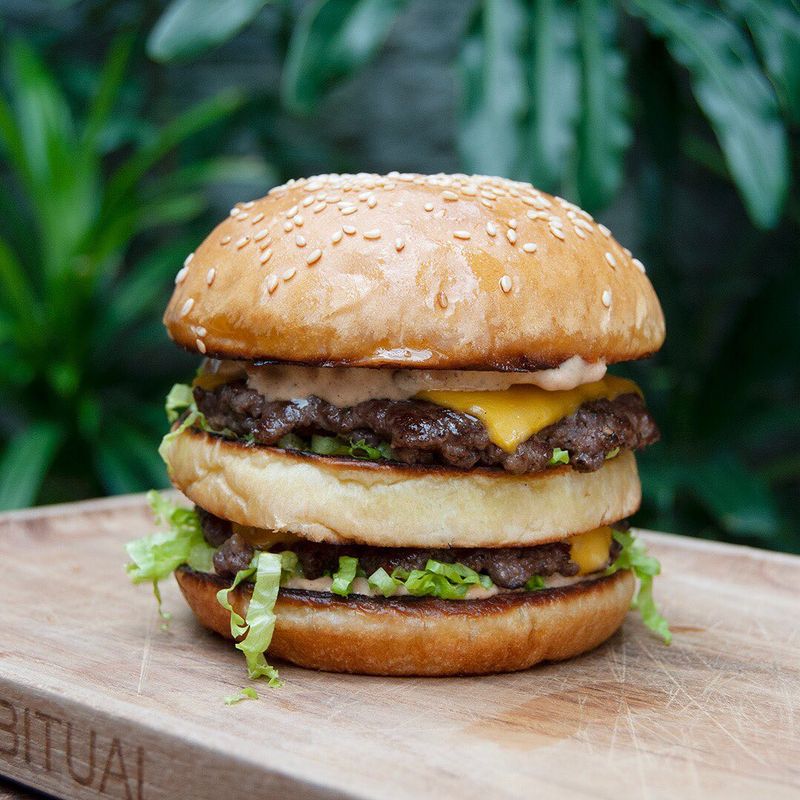
Created in 1967 by franchisee Jim Delligatti in Pennsylvania, the Big Mac became McDonald’s signature sandwich. The magical combination of two beef patties, special sauce, lettuce, cheese, pickles, onions on a sesame seed bun created a flavor profile that’s instantly recognizable worldwide.
The jingle “Two all-beef patties, special sauce, lettuce, cheese, pickles, onions on a sesame seed bun” became so popular that many Americans could recite it faster than the Pledge of Allegiance. McDonald’s even created a “Big Mac Index” that economists use to compare purchasing power between countries.
2. Chicken McNuggets

Launched nationwide in 1983, Chicken McNuggets transformed how Americans eat chicken. These bite-sized, crispy morsels of boneless chicken meat became an instant sensation, especially among kids who loved dipping them in various sauces.
McDonald’s originally offered them with four signature sauces: barbecue, sweet and sour, hot mustard, and honey. The demand was so overwhelming that some locations temporarily ran out during the initial launch.
McNuggets now sell over 4.8 billion pieces annually in the US alone, proving that sometimes the best innovations come in small packages.
3. French Fries
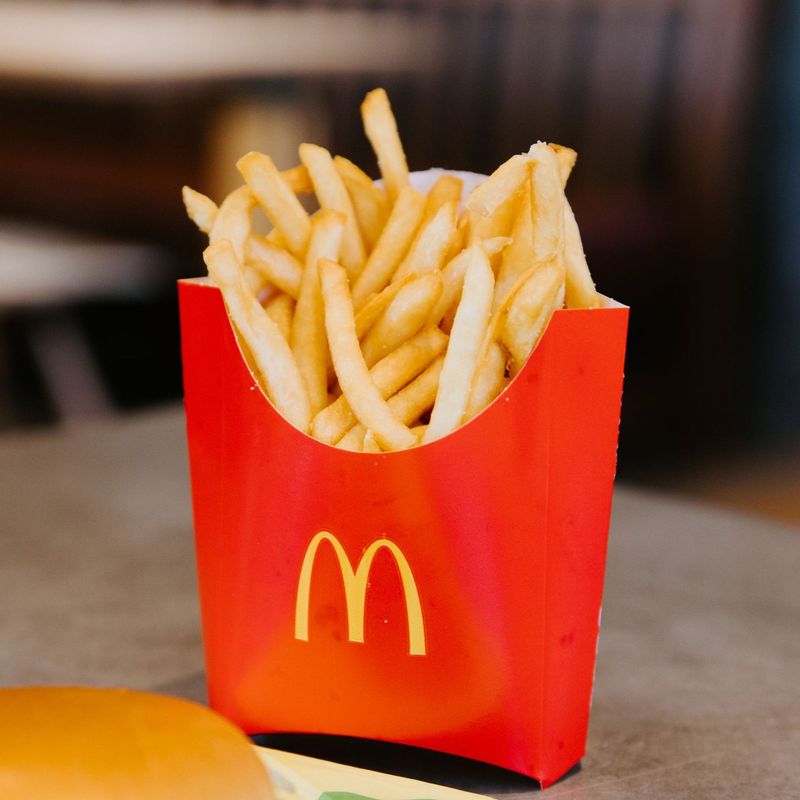
McDonald’s french fries aren’t just a side dish – they’re the gold standard by which all fast food fries are judged. The secret to their success? A precise cooking method developed in the 1950s that creates the perfect balance of crispy exterior and fluffy interior.
Ray Kroc insisted on a specific potato variety (Russet Burbanks) and a proprietary cooking oil blend that gives them their distinctive flavor. Former McDonald’s chef revealed they add a touch of beef flavoring, explaining why vegetarians find them irresistible despite never knowing why.
4. Happy Meal
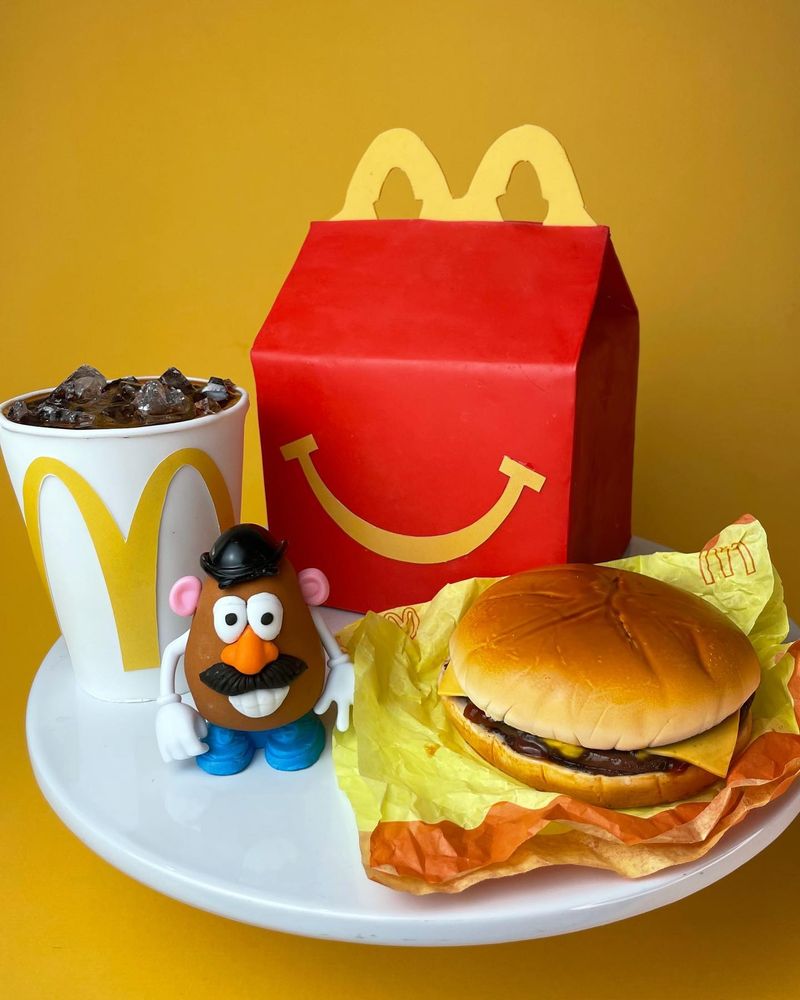
The Happy Meal, introduced nationally in 1979, fundamentally changed fast food marketing to children. The brilliant combination of kid-sized portions and a free toy created an experience that had children begging parents for McDonald’s trips.
Originally containing a hamburger, small fries, cookies, and a toy, the Happy Meal evolved to include healthier options like apple slices and milk. The toys became collectible phenomena, with Disney movie tie-ins and Beanie Babies promotions causing lines around blocks.
McDonald’s distributes over 1.5 billion Happy Meals annually worldwide, making it one of the most successful product innovations in fast food history.
5. McFlurry
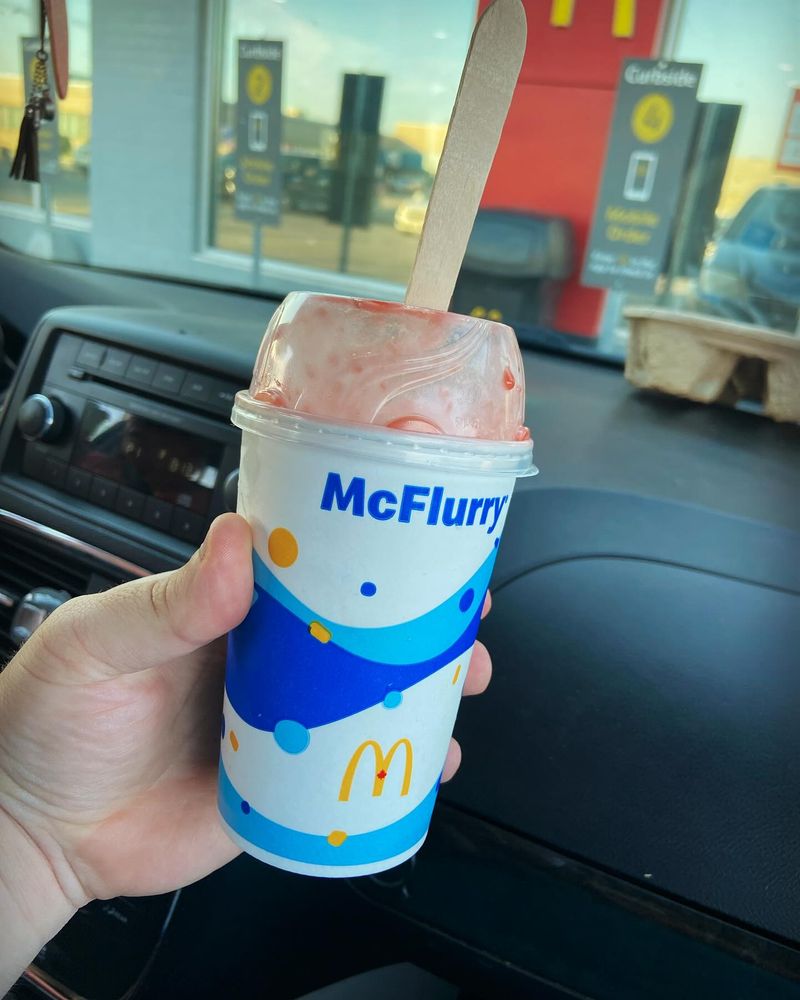
The McFlurry, born in Canada in 1995, revolutionized fast food desserts by combining soft-serve ice cream with candy mix-ins using a unique hollow-spoon stirring system. The Oreo McFlurry became the flagship flavor, creating a perfect marriage of creamy vanilla and cookie chunks.
McDonald’s timing couldn’t have been better, as the treat arrived just as premium ice cream shops were gaining popularity. The dessert spread globally within years, with each country developing local flavors like Germany’s Rolo McFlurry or Japan’s Matcha McFlurry.
Fun fact: the odd-shaped spoon isn’t just for eating—it attaches to the mixing machine!
6. Flop: McPizza
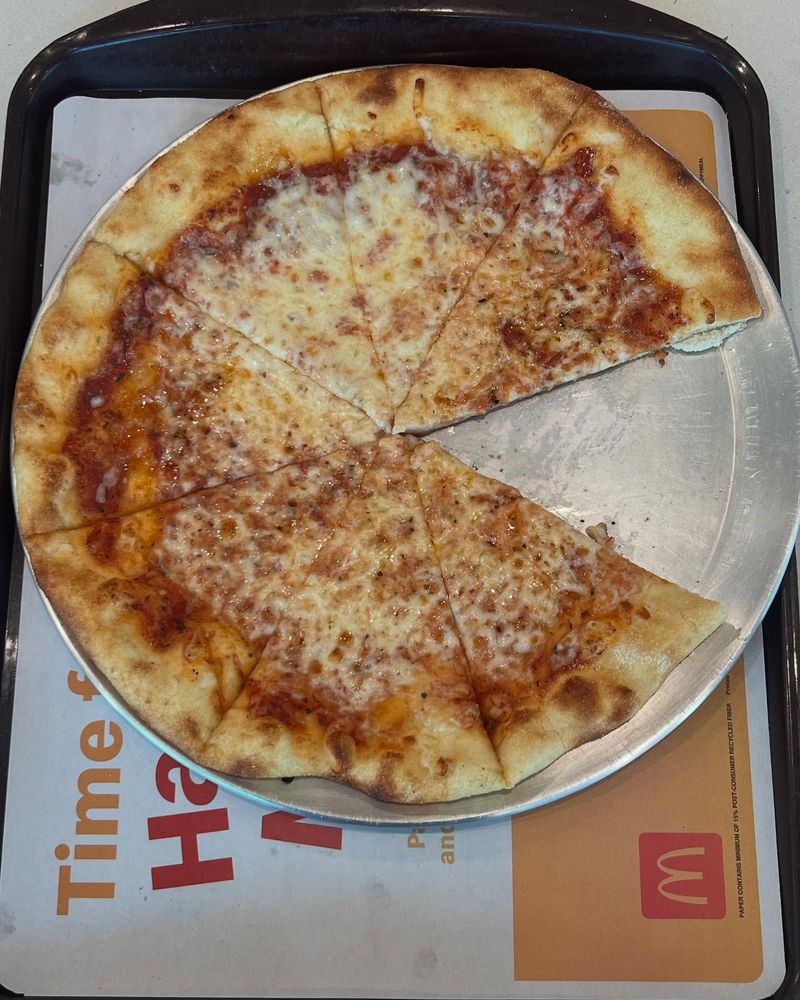
McDonald’s spent millions developing personal-sized pizzas in the late 1980s, hoping to compete with pizza chains and capture the dinner crowd. The problem? Making a decent pizza took 11 minutes—an eternity in fast food time where customers expect food in seconds.
Drive-thru windows couldn’t accommodate the large pizza boxes, and the specialized ovens required expensive kitchen renovations. Customers weren’t impressed with the quality, finding the crust often soggy or burnt.
By 2000, most locations had abandoned the experiment, though urban legends persist that two McDonald’s locations still served pizza until recently.
7. Flop: Arch Deluxe
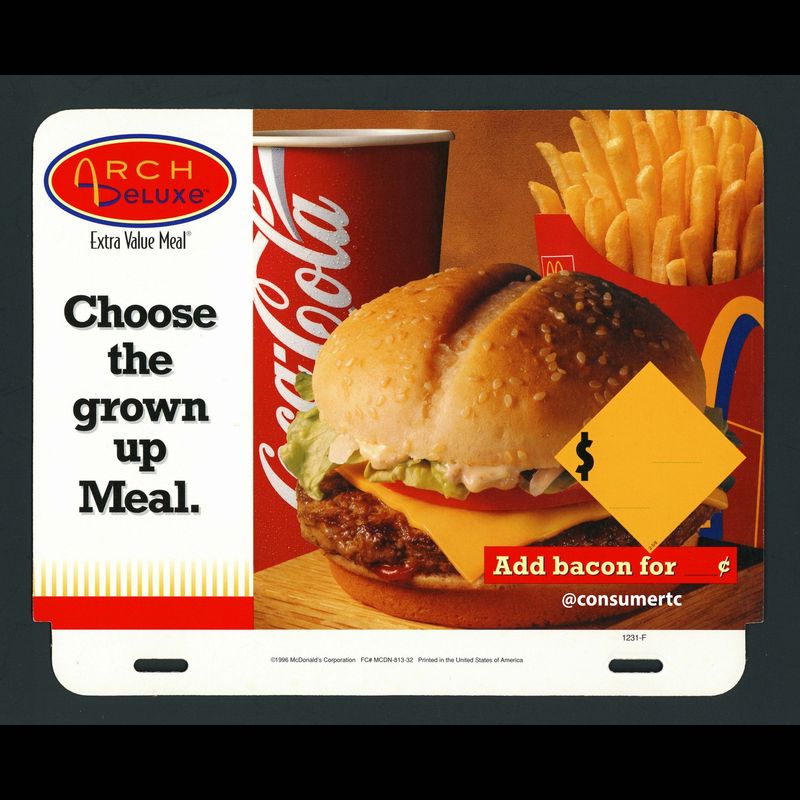
McDonald’s 1996 Arch Deluxe was marketed as a “burger with the grown-up taste” featuring a mustard-mayo sauce, bakery-style roll, and higher-quality toppings. The company spent an unprecedented $300 million on advertising—including bizarre commercials showing children disgusted by the “adult” burger.
Market research had suggested adults wanted sophisticated options, but McDonald’s core customers rejected the premise that they needed a “fancy” burger. The premium price point ($2.29-$2.49) further alienated value-conscious customers.
Despite being one of the most thoroughly researched products in McDonald’s history, the Arch Deluxe became their most expensive failure ever.
8. Flop: McLean Deluxe
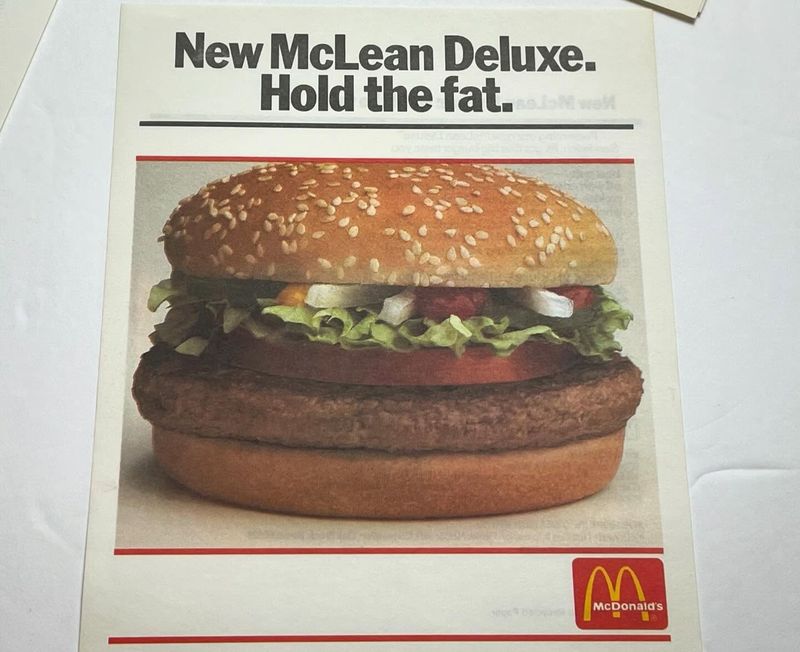
Riding the 1990s low-fat diet craze, McDonald’s introduced the McLean Deluxe in 1991—a burger that promised 91% fat-free beef. The secret? They replaced fat with water and added carrageenan (seaweed extract) to bind it together.
Customers immediately noticed the difference in taste and texture. The burger earned nicknames like “McFlopper” and “McSponge” for its strange consistency. Health-conscious consumers weren’t convinced by the minimal calorie reduction (320 vs 370 for a regular burger).
After years of declining sales, McDonald’s quietly discontinued it in 1996, learning that people going to McDonald’s rarely prioritize healthy options over taste.
9. Flop: Hula Burger
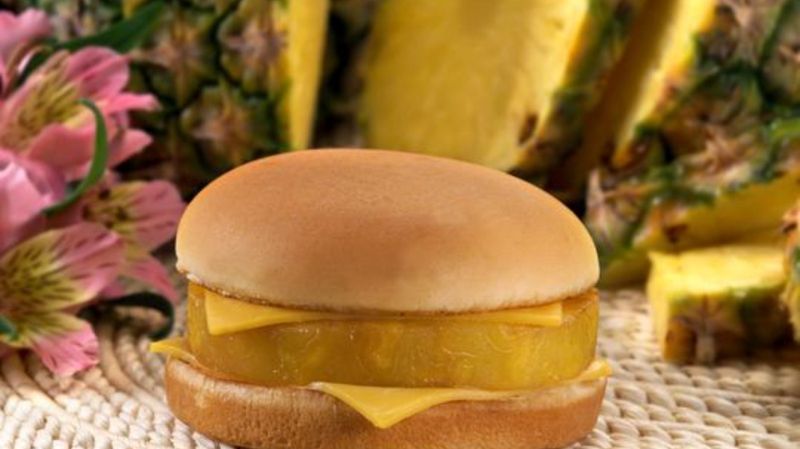
Ray Kroc himself championed the Hula Burger in the 1960s to attract Catholic customers who couldn’t eat meat on Fridays during Lent. His solution? Replace the beef patty with a slice of grilled pineapple, topped with cheese on a bun.
Kroc was so confident in his creation that he put it in a competition against the Filet-O-Fish, developed by franchisee Lou Groen. The results weren’t even close—the Filet-O-Fish outsold the Hula Burger by a massive margin.
The tropical-themed burger disappeared almost immediately, while the Filet-O-Fish became a permanent menu staple, selling hundreds of millions annually.
10. Flop: McHotDog
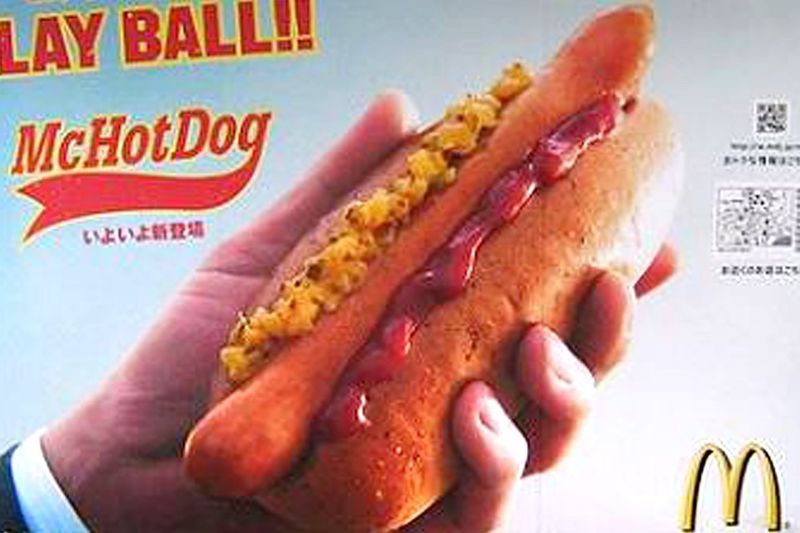
McDonald’s has tried introducing hot dogs multiple times throughout its history, most notably in the 1990s and early 2000s. Ray Kroc actually banned hot dogs from his restaurants in his 1977 autobiography, stating: “There’s no telling what’s inside a hot dog’s skin, and our standard of quality just wouldn’t permit that kind of item.”
After Kroc’s death, McDonald’s repeatedly tested hot dogs in various markets, but American customers never embraced them. The inconsistent cooking, quality concerns, and association with street vendors made them a tough sell.
Interestingly, McDonald’s does successfully sell hot dogs in Japan and some international locations today.
Leave a comment